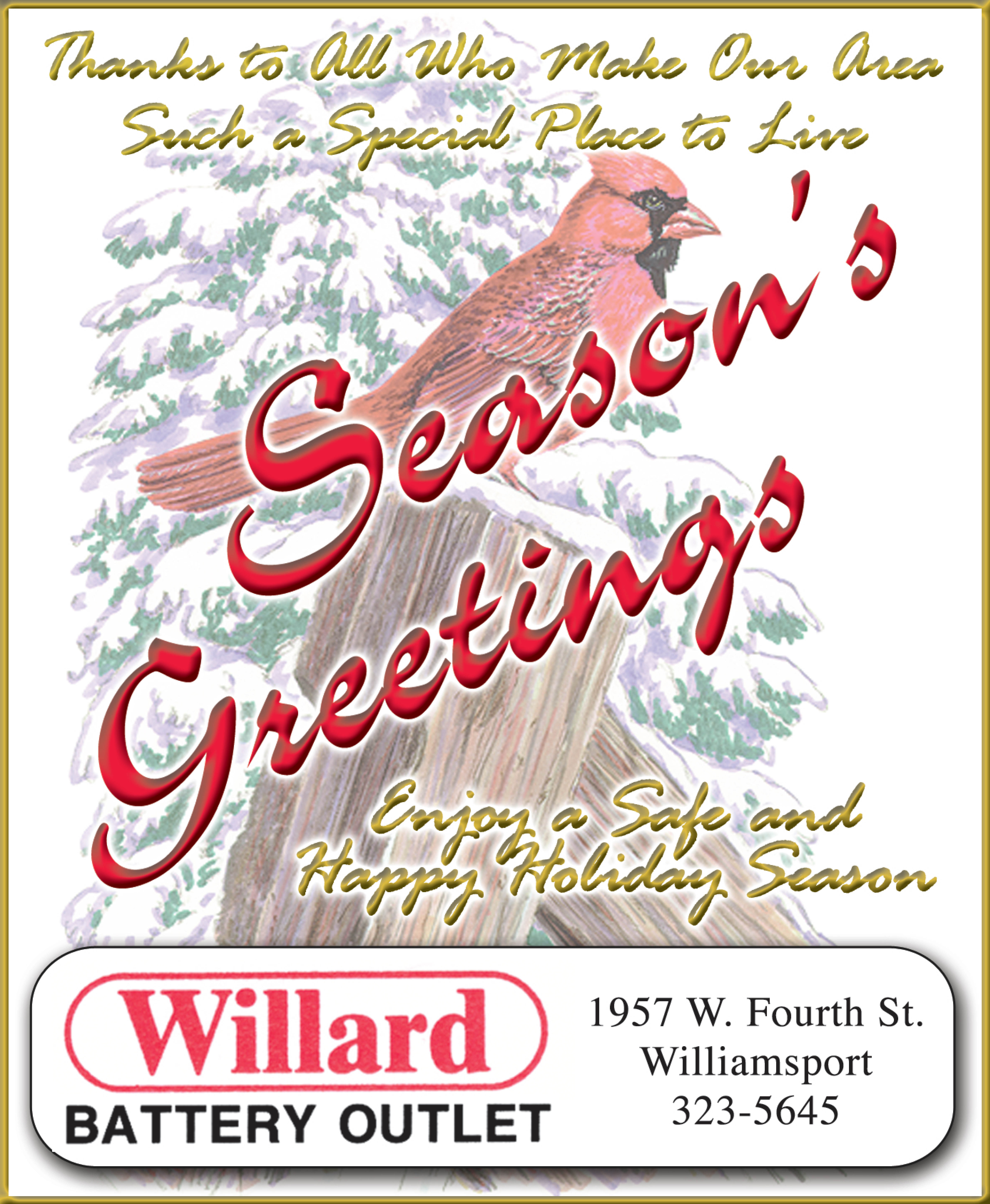As the school year begins anew, lice often become a subject of conversation among concerned parents. In certain areas, such as in classrooms and locker rooms, lice easily can be transferred from person to person. Understanding this common foe can help students avoid it and parents recognize it when it’s present.
A louse is an ectoparasite, meaning it feeds on its host while living on the surface of the host’s body. Although lice can affect various parts of the body, they are most notably present on the scalp.
Research indicates that head lice have been spreading among humans for millenia. Ancient Egyptian and Greek books of medicine make reference to lice, and they have even been found on prehistoric mummies. No one is quite sure just how lice originated, though it is suspected they once targeted another host species, but then adapted to living among humans.
Unlike lice that congregate on other parts of the body, head lice are not a vector for disease transmission. They are relatively innocuous, but can be quite a nuisance. The insects are adept at clinging to human hair and feeding on blood from the scalp.
Anyone can get lice, regardless of their personal hygiene or lack thereof. School-aged children between the ages of four and 14 catch lice more frequently than adults. Although firm data on lice infestations is difficult to come by, estimates suggest that as many as 12 million infestations occur each year in the United States among children between the ages of three and 11. Head-to-head contact with an already-infested person is the most common way to get head lice, offers the U.S. Centers for Disease Control and Prevention. Head lice can be spread when people sit closely to one another, such as in a classroom or theater. It is very rare that lice are spread through shared belongings such as hats, combs or on furniture. Pets do not play a role in the spread of head lice.
Lice tend to congregate behind the ears and at the neckline at the back of the head. Sometimes, they can be found on the eyelashes or eyebrows.
Lice can be difficult to detect, and they may not produce symptoms. In some instances, itching and irritation may be so mild that it goes unnoticed. Plus, because eggs (nits) and even adult lice are so small, they can be difficult to identify.
Treating lice typically involves using specialized combs to remove nits and lice. Pesticide shampoos and lotions or nonpesticide treatments may be used to eradicate the lice. Limiting head-to-head exposure is the best way to avoid a lice outbreak.




Leave a Comment
Your email address will not be published. Required fields are marked with *